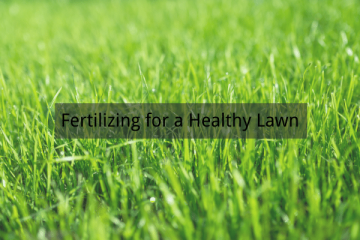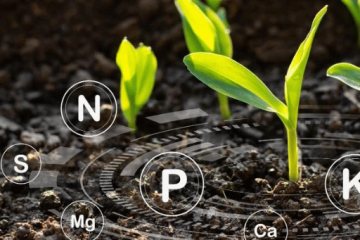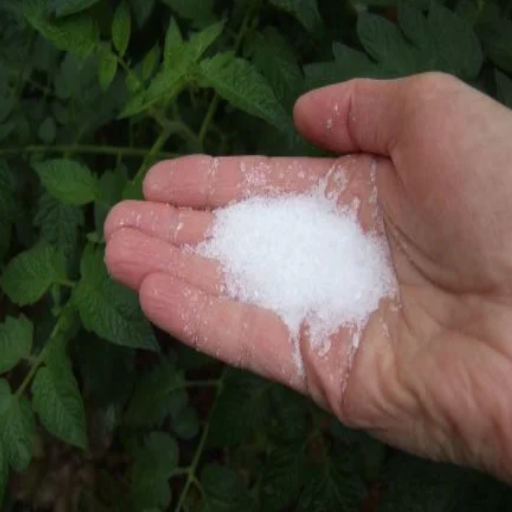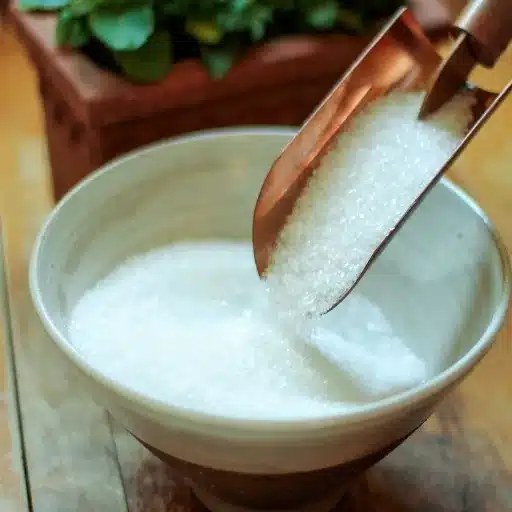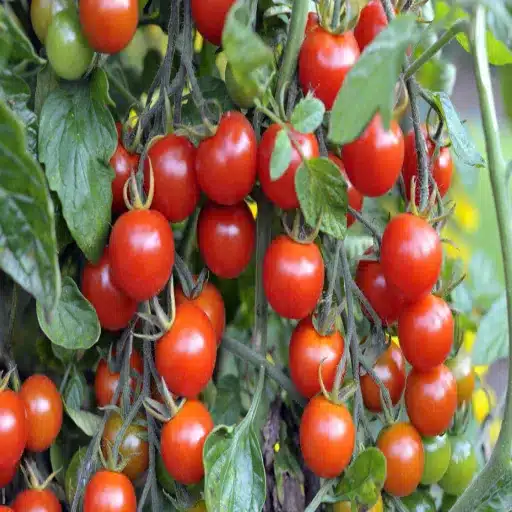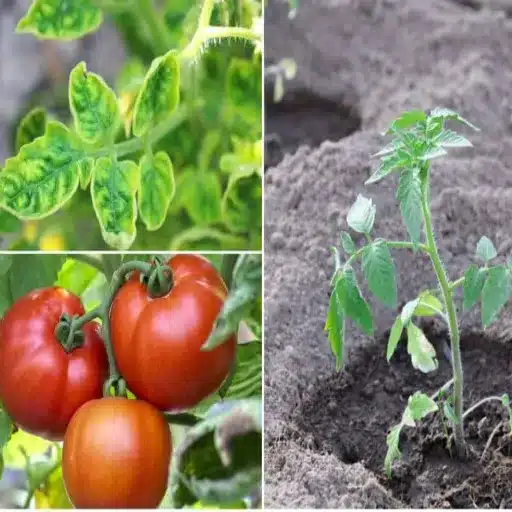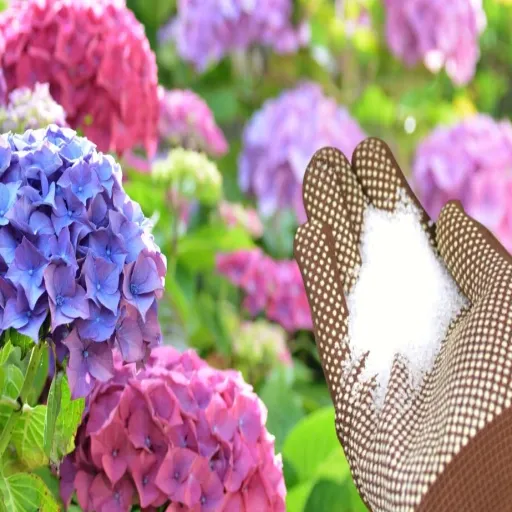Gardening enthusiasts are always on the lookout for natural, cost-effective solutions to enhance plant health and boost growth. One such solution that has gained popularity across horticultural communities is Epsom salt. Known scientifically as magnesium sulfate, Epsom salt serves as an essential source of magnesium and sulfur, two critical nutrients that plants require for photosynthesis, chlorophyll production, and overall development. This article will provide a detailed exploration of how Epsom salt can be effectively incorporated into your gardening practices. From understanding its chemical composition to its practical applications for specific plant types, you will be equipped with the knowledge to take your gardening to the next level. Get ready to unlock the science-backed benefits of Epsom salt and transform your garden into a thriving, lush paradise.
What is Epsom Salt and Why is it Used in Gardening?
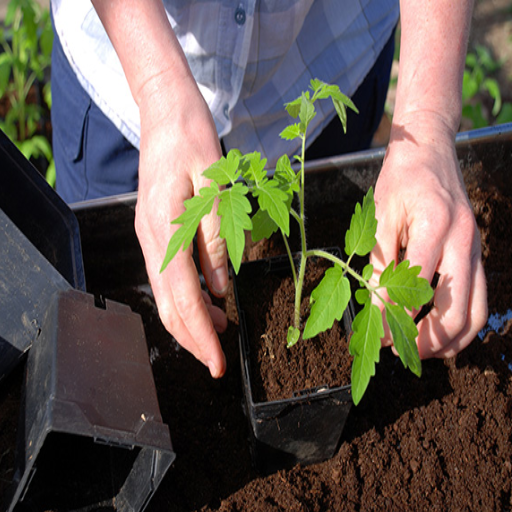
Understanding the Composition: Magnesium and Sulfur
Epsom salt, also referred to as Magnesium sulfate, consists of two crucial components of plant health—sulfur (S) and magnesium (Mg) are indispensable for plants. Sulfur is important for the synthesis of enzymes, vitamins, and proteins whereas magnesium helps to manufacture chlorophyll which is useful in capturing sunlight for photosynthesis. Inadequate Magnesium leads to plants presenting stunted growth along with yellowing leaves.
Epsom salt has around 9.8% magnesium and 13% sulfur by mass, which makes it a preferred source of these nutrients. Where Eposm Salt gets its water-solublility, it is also very effective when applied as a foliar spray meaning all types of plants will easily absorb the minerals. The use of Epsom Salt has been validated for correcting nutrient deficiencies in various crops and enhancing the growth of tomatoes, peppers, and roses which have higher Magnesium and Sulfur requirement.
How Does Epsom Salt Benefit from Epsom Salt in the Garden?
In my opinion, Epsom salt greatly contributes to plant care as it can be used to procure magnesium sulfate (MgSO₄ · 7H₂O). Magnesium is integral to a plant’s chlorophyll which allows it to undergo photosynthesis while sulfur helps synthesize critical plant proteins and enzymes. When Epsom salt is used on the soil or foliage, it can maximize nutrient absorption, aid flowering, and boost overall plant health and growth.
- Magnesium content: Enhances the formation of chlorophyll as well as nutrient absorption.
- Sulfur content: Assists in the synthesis of select amino acids and boosts metabolism in plants.
- Water solubility: Ensures quick absorption by plants when the Epsom salt is appropriately diluted with water.
Due to the definable features, Epsom salt can be very effective for plants low on magnesium such as tomatoes, peppers, and roses, leading to observable changes in yield and growth if applied carefully.
How to Use Epsom Salt in Your Garden?
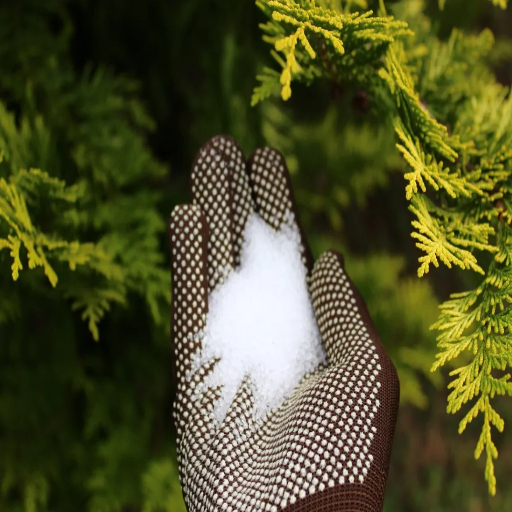
How Much Epsom Salt Per Gallon of Water?
For each plant and application, the dosage differs in Epsom salt. Suggested Dosage Limits:
- Regular Gardening Use: Generally for most plants, every 15 grams of Epsom salt teaspoon should be added to a gallon of water. Magnesium and sulfur can be supplied in 15 grams of Epsom salt. The Epsom salt solution can be sprayed directly on the plants.
- Tomatoes and Peppers: Tomatoes and peppers can be provided with magnesium salt in a 50%- 75% solution every two weeks. One or two teaspoons should be diluted in a gallon of water.
- Roses: Epsom salt can be used in rose cultivation. 1 teaspoon should be dissolved in a gallon of water. For best results, add it during the bloom season for better growth of the roses.
Epsom salt has benefits in solving magnesium deficiency in crops as well as in soil magnesium buildup. To achieve the est results, always measure the plant and soil requirements before application.
Steps to Use Epsom Salt for Tomato Plants and Rose
For the Tomato Plants:
- magnesium is deficient First, check the magnesium concentration in your soil. Perform a soil test and, only if magnesium is deficient, should you apply Epsom salt.
- Dilution Ratio: The solution requires mixing two teaspoons of Epsom salt for every gallon of water.
- Application Method: Water the base of your tomato plants with the diluted version every two weeks. This method works best for maximizing magnesium absorption through the soil.
- Timing: Early twisting and production of bloom should be attended to enhance the health and the yield of the plant.
For the Rose Plants:
- Preparation: Add one teaspoon of Epsom salt to a gallon of water and mix.
- Application Period: During the blooming period, use the solution to increase vibrancy and new rose growth.
- How Often: Every two weeks or as plant growth and health conditions suggest should the solution be applied.
- Direct Application: Application of the approach should be done while watering the roses, ensuring even soil permeation.
These instructions illustrate the maximal use of Epsom salt for such a deficiency of magnesium, ensuring plant health and combination with the soil.
Tips for Applying Epsom Salt to Houseplants
- Assess the Need: For indicating issues with magnesium deficiency, inspect your houseplants for yellowing of the leaves or lack of growth before applying Epsom salt. This will substantiate the application ensuring it will be effective and efficient.
- Dilution Ratio: For houseplants, dissolve 1-2 teaspoons of Epsom salt in 1 gallon of water. The concentration is just right to ensure that magnesium levels are optimal without negatively impacting the plant’s root and soil pH levels.
- Application Frequency: Use Epsom salt as prescribed. Considering plant health and environmental factors the salt should be applied no more than once a month. Salt accumulations in soil are caused by overuse.
- Method of Application: For optimal results, water the soil directly with the mixture thoroughly. Unless the plant will benefit from a foliar feed, do not soak the foliage. It is best to use a watering can for precise application, controlled spout models are best.
Following these rules ensures that Epsom salt can be used effectively and efficiently on houseplants by providing appropriate magnesium levels for optimal growth and health of the plant.
What are the Benefits of Using Epsom Salt for Plants?
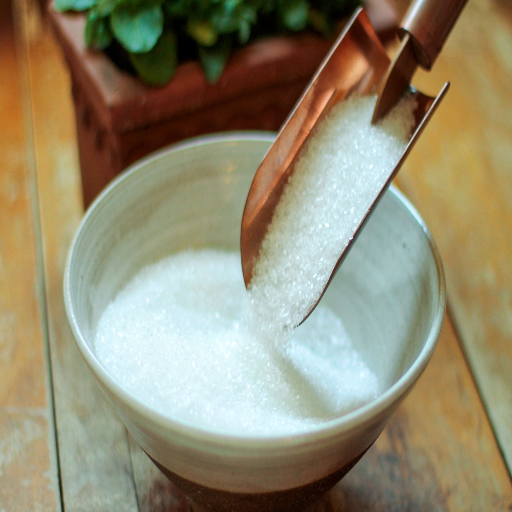
Enhancing Plant Growth with Magnesium and Sulfur
Epsom salt has a prominent biochemical figure of magnesium sulfate that increases plant growth and supplies necessary nutrients to plant growth. Pinto beans are one example and an effect of magnesium components in Epsom salt enables the plants to go through chlorophyll and hence photosynthesis. Moreover, sulfur is an important component for the synthesis of vital amino acids and proteins. Epsom salt s, therefore, greatly beneficial because it ensures that plants get these nutrients in a form that is easily soluble and hence is actively taken up through the roots of the plants.
- For Soil Application: For every gallon of water, mix 1-2 tablespoons of Epsom salt. This ensures the fixation of the salt in proper concentration without the possibility of nausea or depression from super overdosing.
- Frequency of Use: Solutions can be applied every four to six weeks in the growing season to most houseplants.
- For Foliar Feeding: The dosage may be increased to 1 tablespoon for foliar feeding. For every gallon of water, a tablespoon will be needed to make a solution that sprays easily and is absorbed quickly..
By following these procedures, the plants are given the appropriate magnesium and sulfur doses needed for healthy foliage, better chlorophyll production, and vigorous overall growth. This holistic approach to herb care makes sure that plenty of nutrients are provided to the plant without overwhelming them with soil imbalance.
Improving Chlorophyll Production and Bloom
Particular metrics about the nutrition and environment need to be controlled, especially in nutrition, if there is to be an increase in chlorophyll and an optimal bloom. Following are some of the metrics:
- Light Intensity: For chlorophyll synthesis to occur, the sufficiency of light is essential. Depending on the species, plants should be provided with anywhere between 10,000 to 50,000 lux of light for effective photosynthesis. For species that require more light, cover them with full-spectrum grow lights. If sunlight is insufficient, cover those plants with full-spectrum grow lights.
- Magnesium: The central atom in the chlorophyll molecule which makes it essential for its production is Chlorophyll Magnesium (Mg2). Make sure that magnesium concentration in the soil or nutrient solution for effective uptake varies from 25-50 ppm.
- Nitrogen: Chlorophyll formation and amino acid synthesis cannot take place without Nitrogen. Maintain soil nitrogen concentration to 20-40 mg/kg as measured by soil testing to strike a balance without risking nitrogen toxicity.
- pH Levels: To maximize nutrient availability and absorption, restrict soil or nutrient solution achievable pH levels to a range of 6.0-6.5.
- Phosphorus and Potassium: To achieve further improvement in bloom, Phosphorus (30-50 ppm) enhances flowering and helps in rooting while Potassium (40-80 ppm) activates water balance and enzymes which positively affect the flower size and quality.
Through maintaining meticulous monitoring of these technical guidelines, plants can attain appreciable increases in both chlorophyll production and blooming cycles which fosters enhanced vitality and productivity of the plant.
Are There Any Purported Benefits or Risks?
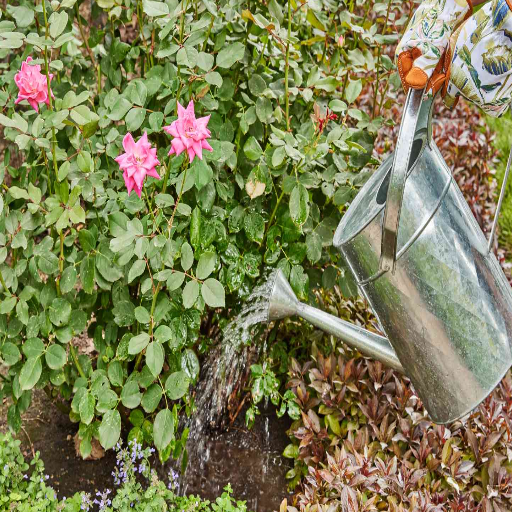
Understanding Potential Risks: When Plants Don’t Like Epsom Salt
Even though Epsom salt could be a powerful magnesium and sulfur source, from my experience, not every plant responds well to magnesium sulfate’s addition. Additionally, Epsom salt (magnesium sulfate) can be useful, but incorrect application or excess dosage tends to create a rhyme of problems:
- Magnesium Imbalance: Excess magnesium can interfere with the calcium-to-magnesium ratio in the soil, which is crucial for optimal plant growth. Too much calcium or too much magnesium will elicit a problem with calcium deficiency, which is necessary for cell wall formation. The ideal ratio for most plants is in the range of 3.5:1 and 5.5:1 (Ca to Mg).
- Over-Salinity of Soil: Soil salinity has risen due to the use of Epsom salt, making it harder for soil to absorb water. This leads to a condition known as osmotic stress, which is harmful to root function.
- Nutrient Antagonism: Essential nutrients like potassium (K) and phosphorus (P) that are critical for the growth and flower development of magnesium-sensitive species suffer due to the advancement of magnesium.
- pH Alteration: The application of Epsom salt needs to be controlled concerning soil pH since soil on the acidic side tends to be sensitive to Epsom salt. Soil pH still needs to be monitored because most plants require acidic soil pH for optimal growth which varies from species to species with the vast majority of plants thriving between 6.0–7.0.
Capturing these risks requires an appropriate technical application. I’m sure that regular soil checks coupled with targeting magnesium requirements based on the existing deficiencies would be much better targeted. In this way, plants will only obtain the benefits with no undesired negative effects.
Evaluating the Benefits of Epsom Salts vs. Gardener Expectations
When weighing the effectiveness of Epsom alteration salts against gardener expectations, the most important factor is to perceive utility with measurable evidence-based results.
- Magnesium Deficiency in Soil: The use of Epsom alteration salts is only valid for application if there magnesium deficiency is confirmed by soil examination. This can be substantiated with the use of a soil test kit or professional examination, Magnesium levels exceed captures of 50 – 120ppm under optimal conditions depending on soil texture and crop requirements. Applying Epsom alters salts above optimal range will run the risk of magnesium buildup which results in nutrient imbalances.
- Plant-specific requirements: Understanding species-specific magnesium implants is a must-have for the students. Considering an example, magnesium-demanding crops such as tomatoes and peppers would benefit when in deficiency, whereas those plants will have low magnesium requirements will not, and thus application becomes inefficient.
- pH sensitivity: It is extremely important to regularly check soil pH along with monitoring considering should be towards action as a change to be done would help nutrients for the root system to stimulate pH to be greater than or equal then 6.0 – 7.0. Epsom alteration salt can lead to additional salt alteration which would affect soil chemistry pH level needs to be balanced after application to confirm that the changed environment remains favorable.
- Frequency and Dosage: Application control must include time intervals and amount of application. For example, 1–2 tablespoons mixed with a gallon of water poured on individual plants every month is ideal in most cases. This, however, needs to be modified according to the soil type and the plant growth patterns.
This way, I manage scientific precision and limit my reliance on subjective experience. With this approach, one is assured of achieving pre-defined gardening objectives scientifically.
How Does Epsom Salt Compare to Other Fertilizers?
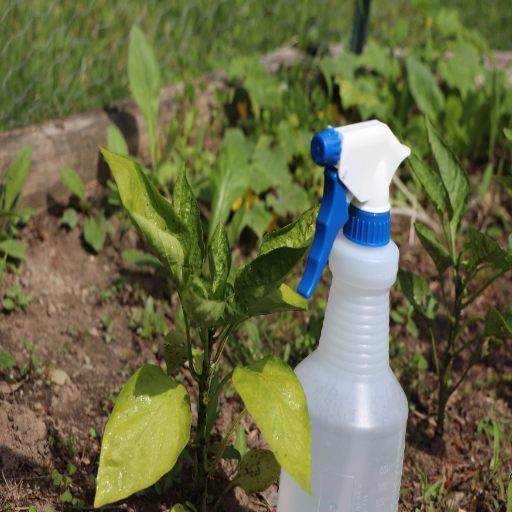
The Role of Nitrogen, Phosphorus, and Potassium
The elements N, P, and K are needed by plants in great quantity, having all distinct and important functions in plant growth. Nitrogen is key in vegetative growth because it is a major part of chlorophyll which determines, to a great extent, the efficiency of photosynthesis. Stunted growth accompanied by yellowing of leaves indicates nitrogen deficiency in plants. Phosphorus, as a component of ATP and nucleic acids, is critical in energy transfer and root development. Deficiency of phosphorus results in weak root systems and delayed maturity of the plants. Potassium serves as a modifier of effective water absorption, enzyme activation, and resistance to physiological stresses. Deficiencies often lead to low disease resistance and changes in leaf color.
- Nitrogen Application: For soil that requires more attention, tailoring the approach to ammonium nitrate specific to the crop can be ideal. Rates around 20-30 pounds per acre should suffice.
- Phosphorus Utilization: Superphosphate International standard recommends incorporating superphosphate at rates of 4-6 pounds per 1,000 sq ft. A value above 20% availability is oversaturation and can lead to very high rates of increased phosphorus.
- Potassium Addition: At a standard rate of 10-20 pounds per acre of superphosphate, potassium feldspar can increase availability. Adjustments are needed for sandier or more clay-heavy soils.
To facilitate precise horticultural goals, I guarantee proper plant health and a complete nutritional profile by adhering to the results of the soil test and adjusting proportions of N, P, and K.
When to Opt for Epsom Salt Over Commercial Fertilizers
My go-to recommendation is the use of Epsom salt whenever a magnesium or sulfur deficiency is determined through testing. Epsom salt is much more relevant than commercial fertilizers because it ensures a balanced introduction of Magnesium sulfate without adding excessive nitrogen, phosphorus, or potassium which would ultimately unbalance the soil.
- Magnesium Deficiency: Under 30 ppm of magnesium can be found in the soil tests, which can be easily fixed by applying Epsom salt. Epsom salt can be made highly effective by its dosing which is dissolving 1-2 tablespoons per gallon of water for foliar and broadcasting 10-15 pounds of it per acre for soil treatment.
- Sulfur Deficiency: Epsom salt ensures that the plants have access to the required amount of sulfur for chlorophyll synthesis and protein formation if the soil system contains 10-20 ppm of sulfur. Epsom salt is best augmented at the rate of 10 pounds per acre.
- Targeted Use: Epsom salt is perfect for crops such as tomatoes, peppers, and roses which require high magnesium levels for them to grow and yield to their optimum potential.
This technique Epsom salt guarantees accurate accuracy supplementation without excess macronutrients that would disturb sustainable plant health.
Reference sources
Frequently Asked Questions (FAQs)
Q: What is Epsom salt and why is it beneficial for gardening?
A: Epsom salt, also known as magnesium sulfate, is beneficial for gardening because it provides magnesium and sulfur, which are essential nutrients that help plants grow bushier and enhance seed germination. Epsom salt can help improve the overall health of your garden plants by aiding in the absorption of nutrients.
Q: How do I use Epsom salt for potted plants?
A: For potted plants, you can use one tablespoon of Epsom salt per gallon of water. Mix the salt thoroughly and apply the solution directly to the soil of your potted plants. This helps the plants absorb essential nutrients more effectively without harming your plants.
Q: How often should I add Epsom salt to my vegetable garden?
A: In a vegetable garden, you can add Epsom salt once a month during the growing season. Use one tablespoon of Epsom salt per foot of plant height. Sprinkle it around the base of your plants and water thoroughly to help plants absorb the nutrients.
Q: Can Epsom salt help prevent blossom end rot in tomatoes?
A: Yes, Epsom salt can help prevent blossom end rot in tomatoes by providing magnesium, which aids in calcium absorption. However, it’s important to note that blossom end rot is primarily due to calcium deficiency, so ensure your soil has adequate calcium levels as well.
Q: How does Epsom salt enhance the growth of rose bushes?
A: Epsom salt enhances the growth of rose bushes by providing magnesium, which is crucial for the production of chlorophyll. This helps the plants grow bushier and produce more blooms. Apply one tablespoon of Epsom salt per foot of height monthly during the growing season.
Q: Is it safe to use Epsom salt for all types of plants?
A: While Epsom salt is beneficial for many plants, it should be used with caution. Not all plants need magnesium supplementation, and excess use can harm your plants. It’s best used for garden plants that show signs of magnesium deficiency, such as yellowing leaves.
Q: Can Epsom salt be used to deter pests in the garden?
A: While Epsom salt is not a pesticide, its use can improve plant health, making it more resistant to pest attacks. However, it should not be solely relied upon for pest control. Combining Epsom salt with other pest management strategies is more effective.
Q: How much Epsom salt should I use for pepper plants?
A: For pepper plants, use one tablespoon of Epsom salt per foot of plant height. Apply it around the base of the plants and water well. This helps in preventing nutrient deficiencies and promotes healthy plant growth.
Q: What is the recommended amount of Epsom salt for garden soil preparation?
A: When preparing garden soil, especially for a vegetable garden, you can add a cup of Epsom salt per 100 square feet. Mix it into the soil before planting to help improve nutrient availability for full-grown plants.
Q: How does Epsom salt affect the plants’ roots?
A: Epsom salt in gardening helps strengthen plants’ roots by providing magnesium, which is essential for chlorophyll production and energy transfer within the plant. This results in stronger and healthier root development, making it easier for the plants to absorb nutrients and water.

